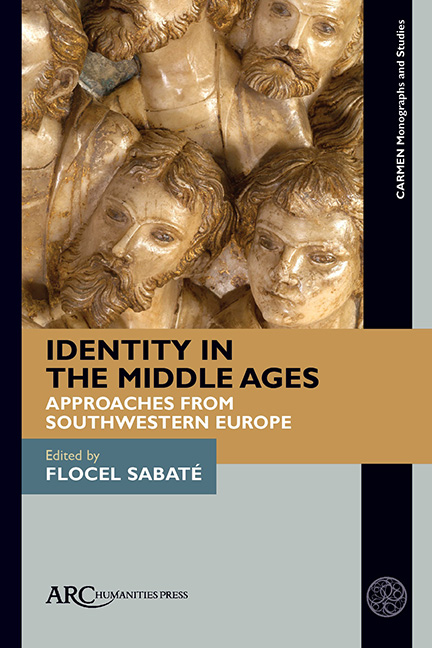Book contents
Chapter 10 - Chivalric Identity: Arms and Armour, Text and Context
Published online by Cambridge University Press: 20 January 2022
Summary
SCHOLARS WHOSE RESEARCH focuses on the study of arms and armour have tended to shy away from the analysis of literary texts as points of comparison or clarification, while scholars of knighthood in literature have likewise tended to shy away from archaeological analyses of arms, armour, and the material culture of the chivalric past as a point of reference for their own work. This apparent disconnect can be remedied by studying what I have called in another study the full materiality of medieval and renaissance chivalric culture. In the case of chivalric identity in particular, an intellectual tension can be created by seeking one identity and essentializing it through one approach. The armoured knight, while he can of course be studied from a single angle, is complex enough that the confluence of seemingly disparate approaches to the study of chivalric identity can yield results that present a more balanced overall view of what it meant to be a knight in the Middle Ages.
Chivalry as a political institution, like other political institutions that make and shape Western culture, has been treated seriously and extensively by modern scholars, and a rich bibliography of books and articles informs our knowledge and understanding of the institution. The same cannot necessarily be said of the practical and technological milieu in which the knights operated, and although they were at the epicentre of the medieval chivalric diaspora, they have often fallen victim to emotive portraits based on erroneous visions of, and assumptions about, the past. An example of this paradox can be seen in a 1998 book by Constance Brittain Bouchard on the institution of chivalry in medieval France, which is generally welldocumented, and yet when the author discusses knightly practices she perpetuates the fallacy, without any supporting evidence, that “Late medieval tournament armor was so heavy that participants often had to be hoisted onto their horses by cranes and tied into place because of the damage that would result simply from falling off.” The fact that the author does not cite a source for this assertion under scores the reality that there is no material, visual, or documentary evidence to support it, and all of the evidence that does exist, without exception, points to the exact opposite, namely, that fully armoured men-at-arms were able to mount and dismount with agility and ease.
- Type
- Chapter
- Information
- Identity in the Middle AgesApproaches from Southwestern Europe, pp. 229 - 242Publisher: Amsterdam University PressPrint publication year: 2021

